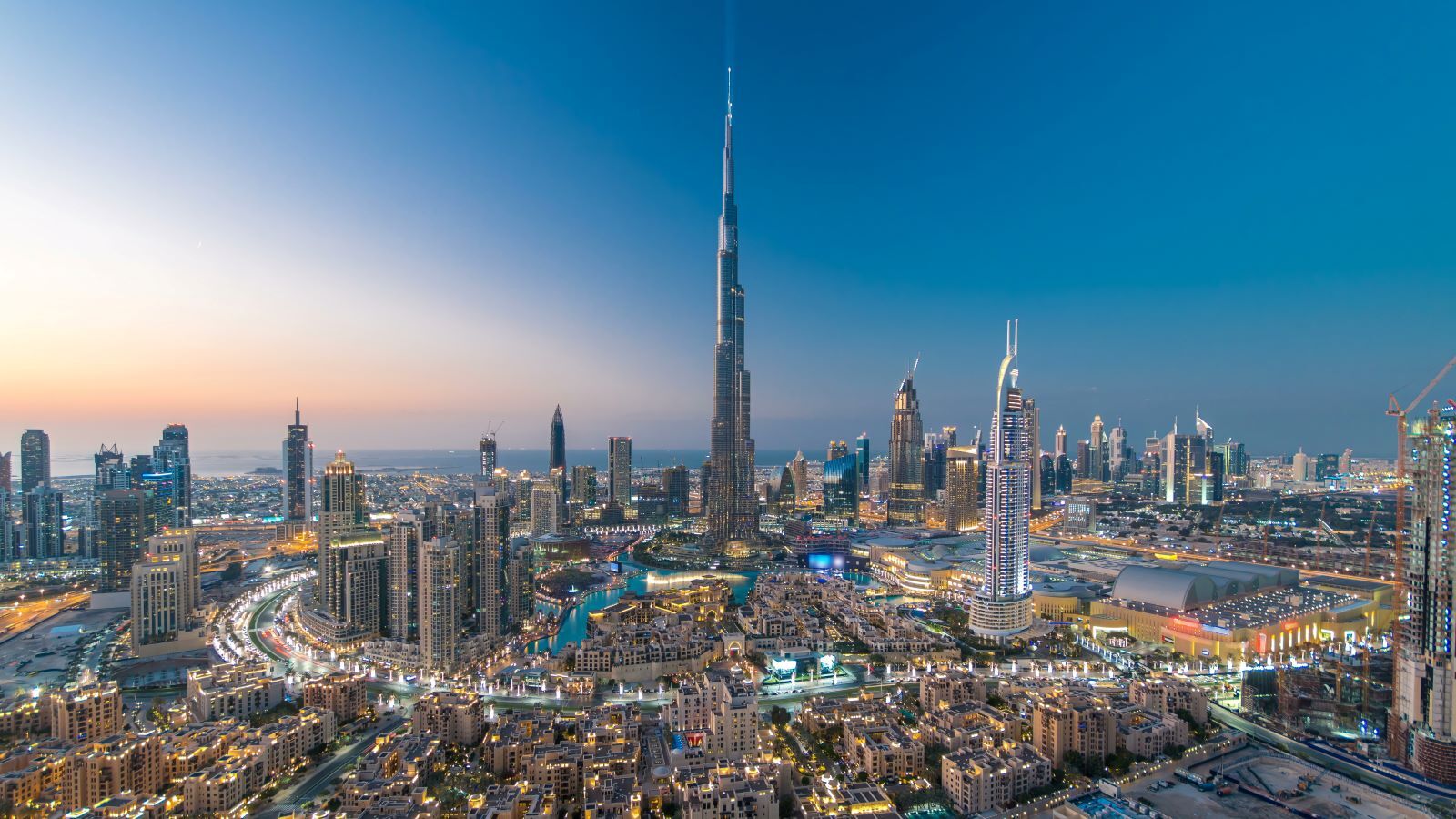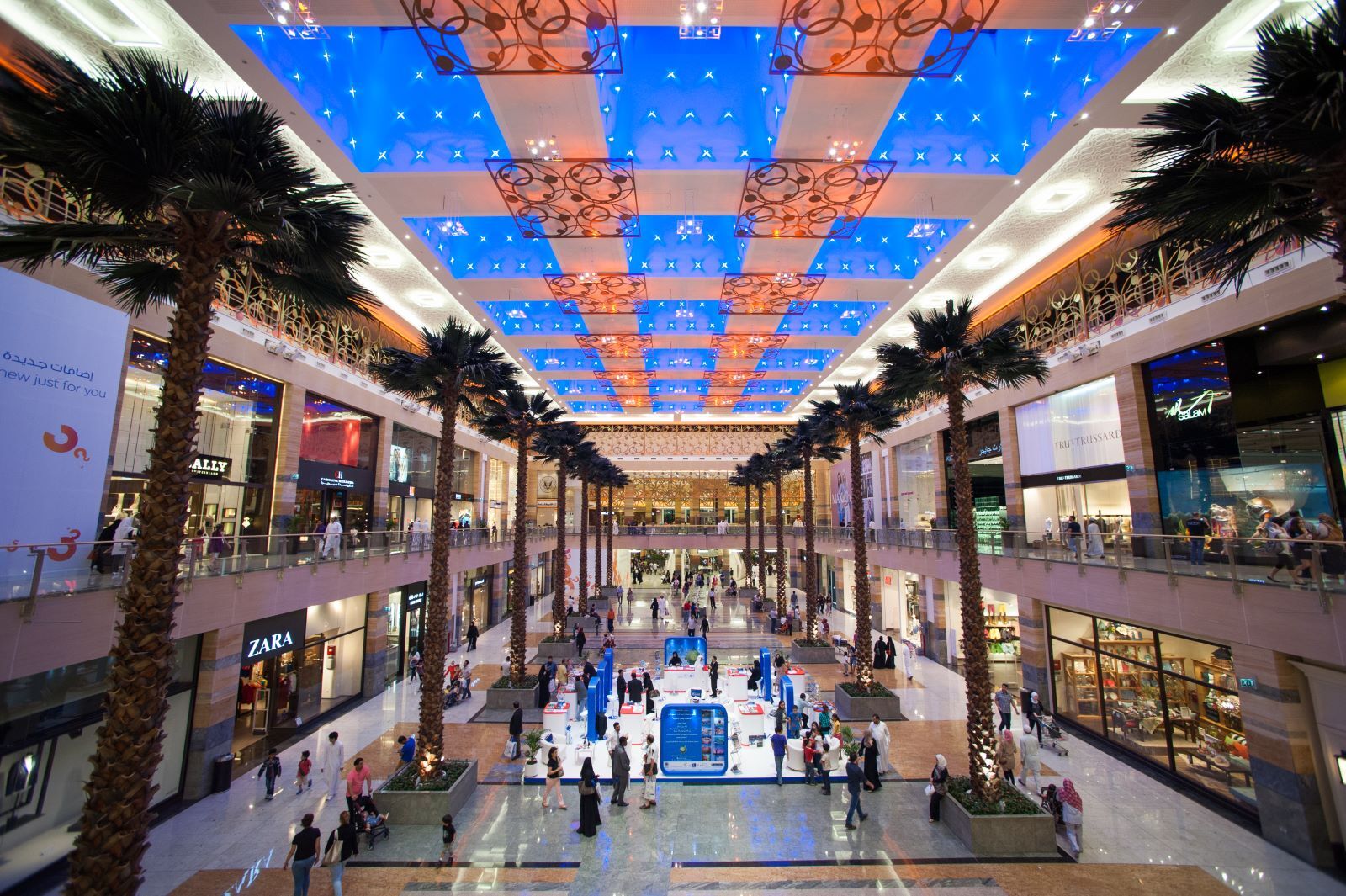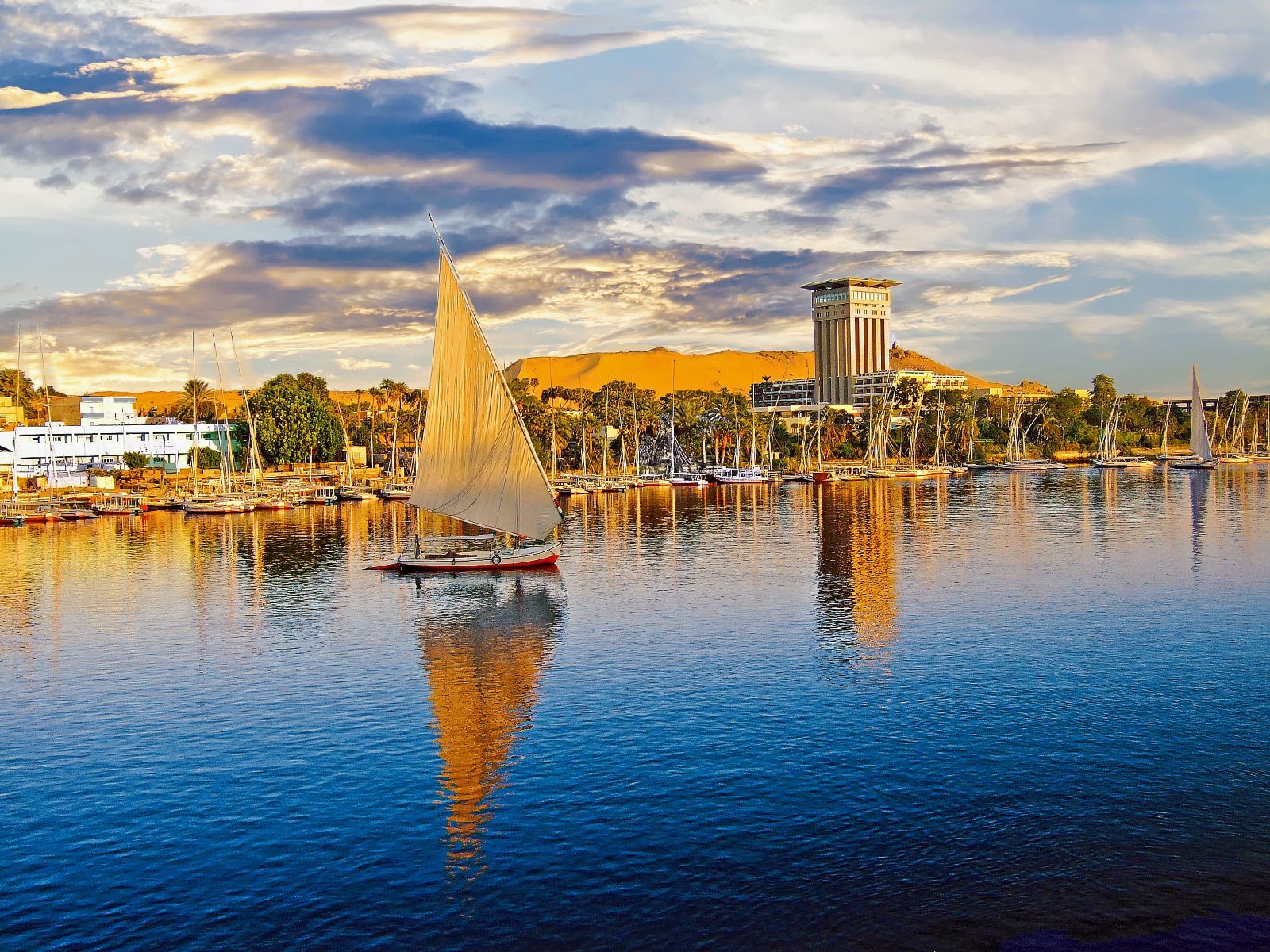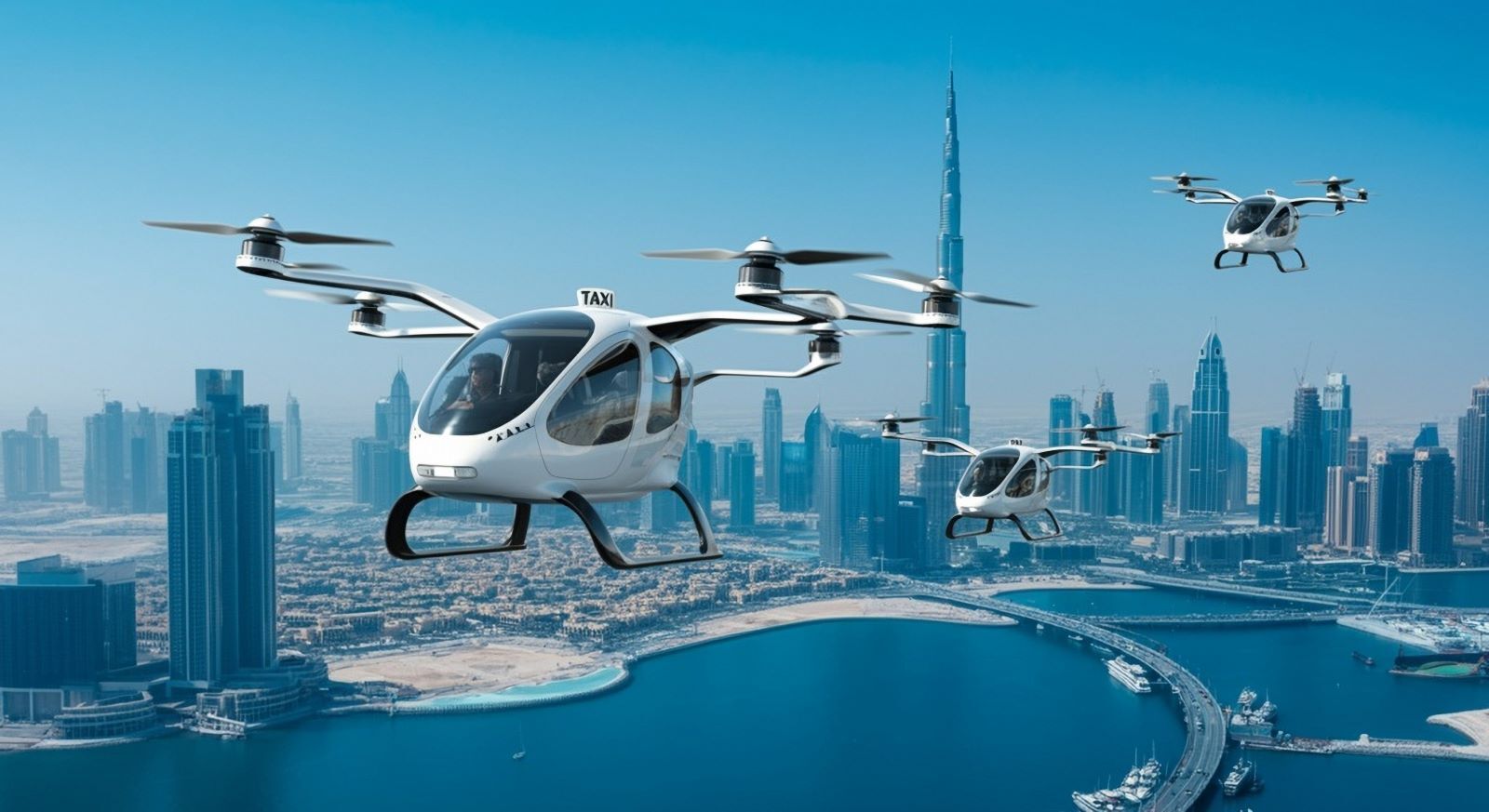Formula 1 Miami Grand Prix 2025
The South Florida sun glints off carbon fibre bodywork as drivers navigate the serpentine track around Hard Rock Stadium. Boats line the purpose-built marina – a surreal sight in a venue miles from the actual coast. In the paddock, film stars mingle with tech moguls while team principals huddle in tense conversation. Above it all, champagne flows in luxury suites as DJs provide the soundtrack for America’s most stylish racing weekend. This is the Miami Grand Prix – Formula 1 refracted through a South Beach lens.
Since joining the calendar, Miami has crafted a race weekend that feels unlike any other on the Formula 1 circuit. Scheduled for 2–4 May 2025, this Miami Grand Prix delivers a uniquely American interpretation of racing – bold, celebrity-driven, and unapologetically extravagant – in contrast to Monaco's old-world glamour or Singapore's futuristic nightscapes.
.jpg?width=1000&height=667&name=unnamed%20(61).jpg)
Technical Challenges in Tropical Heat
The 3.36-mile Miami International Autodrome winds around the Hard Rock Stadium complex in Miami Gardens, creating a hybrid venue that’s neither traditional circuit nor true street track. Its 19 turns include technical sequences that demand precision, a 1.2-kilometre straight where speeds touch 320 km/h, and several overtaking zones that have produced genuinely thrilling racing moments.
Miami’s track surface makes it unusually challenging for drivers. The asphalt compound, specially designed for Florida’s punishing climate, creates distinctive grip characteristics that evolve over the weekend. Early practice sessions see drivers essentially ice-skating around the circuit, while rubber gradually builds up to create high-grip racing lines with treacherous, slippery areas just inches away.
The subtropical climate adds another layer of complexity. Cockpit temperatures regularly exceed 50°C (122°F), pushing drivers to extreme physical limits even by Formula 1 standards. Teams use special cooling modifications in cars, and drivers undergo additional heat acclimatisation training before arriving in Florida.
This combination of technical demands, unpredictable grip, and extreme heat has created surprising results. The track doesn’t favour Ferrari’s cornering prowess, Mercedes’ mechanical grip, or Red Bull’s aerodynamic efficiency. Instead, it rewards adaptability – both from drivers who can adjust to changing conditions and teams who can rapidly revise strategy as the track evolves.
America’s Take on Grand Prix Culture
What truly distinguishes Miami is how it has reimagined the Grand Prix experience for spectators. Formula 1’s American owners, Liberty Media, have used the event as a laboratory for reinventing racing’s traditionally European culture for an American audience.
The paddock, typically the sport’s most exclusive area, transforms into something resembling a Hollywood premiere over the course of the weekend. Film stars, musicians, athletes from other sports, and social media personalities create a celebrity density rivalling the Oscars. F1 purists might raise an eyebrow, but this star power has undeniably brought new audiences to the sport.
Beyond celebrities, Miami offers spectator experiences at price points from the accessible to the astronomical. The Campus passes give general admission ticket holders access to multiple vantage points, live music stages, and diverse food stations. At the opposite extreme, the Paddock Club has evolved beyond its traditional format into multi-storey hospitality structures, with curated experiences that extend far beyond watching cars circulate.
Most talked-about is the infamous “fake marina” – an installation where actual yachts sit on a blue surface resembling water, creating the illusion of Monaco-style harbour-side viewing. Initially mocked by racing traditionalists, the feature has been embraced with typical Miami self-awareness, becoming an ironic yet luxurious centrepiece of the weekend.
New Models for Racing Economics
Behind the champagne sprays and celebrity sightings, the Miami Grand Prix represents a significant evolution in Formula 1’s business model. Unlike most European races that rely heavily on government subsidies, Miami operates as a purely commercial venture with a distinctive approach to generating returns.
The event structure prioritises premium experiences over sheer attendance numbers. While classic European circuits might accommodate over 200,000 spectators daily, Miami caps attendance at around 85,000, focusing on higher revenue per attendee. The strategy centres on creating value through exclusivity rather than volume, reflecting a distinctly American approach to sports business.
This outlook extends to corporate hospitality, where Miami has created new partnership models. Rather than traditional sponsorship packages, companies can create bespoke branded experiences within the venue. Financial firms invite their top clients to meet racing team experts and learn how split-second decisions are made during the race. Technology companies demonstrate their latest innovations in practical racing applications. Luxury brands create immersive environments that complement rather than compete with the racing.
For Formula 1’s broader business strategy, Miami represents a crucial test case for American market development. Television viewership data confirms the “Miami effect” – substantial audience growth not just for the race itself but for subsequent events, suggesting the weekend successfully converts casual viewers into more engaged fans.
Racing in the Entertainment Capital
Miami’s influence extends beyond its own weekend to reshape how Formula 1 presents itself globally. The event has accelerated the sport’s transformation from pure racing series to entertainment property, blending competition with elements previously more associated with music festivals or fashion weeks.
The distinctive Miami aesthetic – from the circuit’s teal-and-pink colour scheme to the Latin-influenced entertainment programme – reflects the city’s unique cultural position at the intersection of American, Caribbean, and Latin American influences. This multicultural approach has proven particularly effective at engaging new demographic groups, with Miami showing the highest proportion of first-time race attendees of any Grand Prix.
The weekend’s programming extends far beyond racing hours, with official events across South Beach, Wynwood, and Brickell creating an atmosphere more reminiscent of a city-wide festival than a traditional sporting event. Morning yoga sessions with driver appearances transition into technical discussions with team engineers, sunset beach concerts, and nightclub takeovers by team sponsors.
Critics initially questioned whether this entertainment-first approach might diminish the sporting integrity of the weekend. In practice, the opposite has occurred – the expanded programming actually allows for deeper engagement with the competitive elements of Formula 1. Casual fans, drawn by concerts or celebrity sightings, find themselves unexpectedly absorbed in technical discussions or team strategy debates.
America’s Racing Renaissance
Miami’s success reflects and reinforces Formula 1’s broader American expansion. With three US races now on the calendar – Miami, Austin, and Las Vegas – the American market has become central to the sport’s global strategy in a way that would have seemed inconceivable a decade ago.
Each American venue has developed a distinct identity. Austin offers a purpose-built track with Texas hospitality; Las Vegas brings night racing down the iconic Strip; and Miami provides South Beach glamour based around a sporting core. This diversification has proven critically important in addressing the vast geographic and cultural differences across the American market.
This explosion of interest has created fascinating knock-on effects within American motorsport. The Indianapolis 500 has seen renewed international attention, partly from Formula 1 fans discovering or rediscovering American open-wheel racing. Youth karting participation has increased substantially in regions surrounding F1 venues, whilst American companies previously uninvolved in motorsport have begun exploring technical partnerships with Formula 1 teams.
For Miami specifically, the Grand Prix has solidified the city's evolution from tourist destination to premier sports capital. With the Formula 1 race joining the Miami Open tennis tournament, Miami Grand Prix horse racing, and the city’s professional sports franchises, the sporting calendar has become a key driver of premium tourism, attracting visitors with significantly higher spending patterns than traditional holidaymakers.
A New Racing Audience
Perhaps most remarkable about Miami is how it has redefined who attends racing events. The demographic profile differs noticeably from traditional Formula 1 races, skewing younger, more diverse, and with greater female representation than European events. This isn’t accidental, but the result of careful programming decisions and marketing approaches.
The weekend offers multiple entry points for different interest levels – from hardcore racing fans who arrive for the first practice session to cultural tourists primarily interested in the surrounding entertainment. This layered approach allows newcomers to gradually deepen their engagement with the sport rather than facing the intimidating knowledge barrier that sometimes characterises motorsport culture.
Social media plays a central role in this accessibility. Miami’s installations are explicitly designed to be shareable, creating organic digital promotion that extends far beyond traditional marketing reach. The event’s distinctive aesthetic – part race, part festival, part luxury showcase – proves particularly effective at cutting through crowded digital feeds.
Miami's approach to food tells the same story – from street eats to star chefs, trackside offerings range from South Florida street food to restaurants overseen by chefs who have worked in Michelin-starred kitchens.
Evolution Not Revolution
As the Miami Grand Prix continues to develop, organisers face the challenge of evolution without losing the distinctive character that has made the event successful. Track modifications continue each year based on driver feedback and racing data, gradually refining the circuit to produce better competition while maintaining its unique challenges.
The entertainment programme similarly balances continuity with fresh elements. Certain signature experiences – the Beach Club, the Paddock Club’s rooftop pool, the weekend-long programme of DJs – have become expected traditions after just a few editions. These core elements will remain while surrounding offerings continue to evolve.
The relationship with the local community represents another area of ongoing development. Initial concerns about noise and traffic disruption have largely been addressed through infrastructure improvements and community benefits programmes. Moving forward, organisers are expanding educational initiatives that connect local schools with the science and technology aspects of Formula 1, creating year-round engagement beyond the race weekend itself.
For visitors experiencing the Miami Grand Prix, the lasting impression is of an event that feels simultaneously part of Formula 1’s storied tradition and something entirely new. In a sporting world often resistant to change, Miami has demonstrated how innovation can enhance rather than dilute a sporting experience, bringing new audiences to appreciate the remarkable technical and human achievement that Formula 1 represents.
As the sun sets on the circuit and the subtropical evening brings welcome relief from the heat, the distinct elements of the weekend – the technical challenge, the cultural programming, the celebrity presence, the culinary experiences – combine into something greater than their parts. From racing purists to first-time attendees just there for the scene, everyone gets something from Miami's fresh take on what a modern race weekend can be.
Race dates and specific event details vary by season. Visitors should confirm current information with Formula 1 and the Miami Grand Prix when planning their experience.



